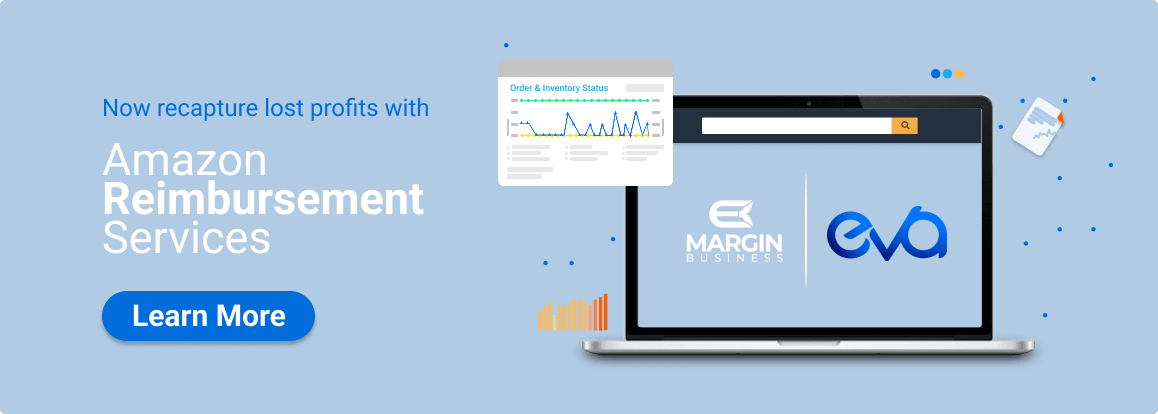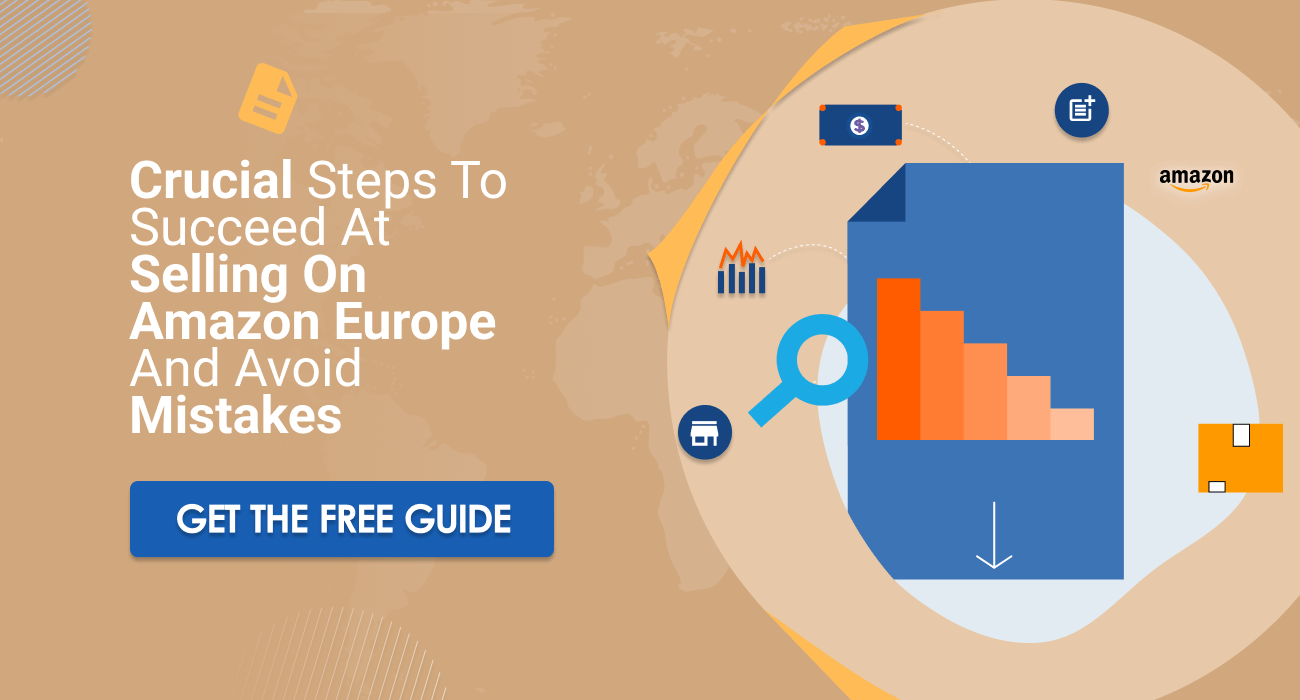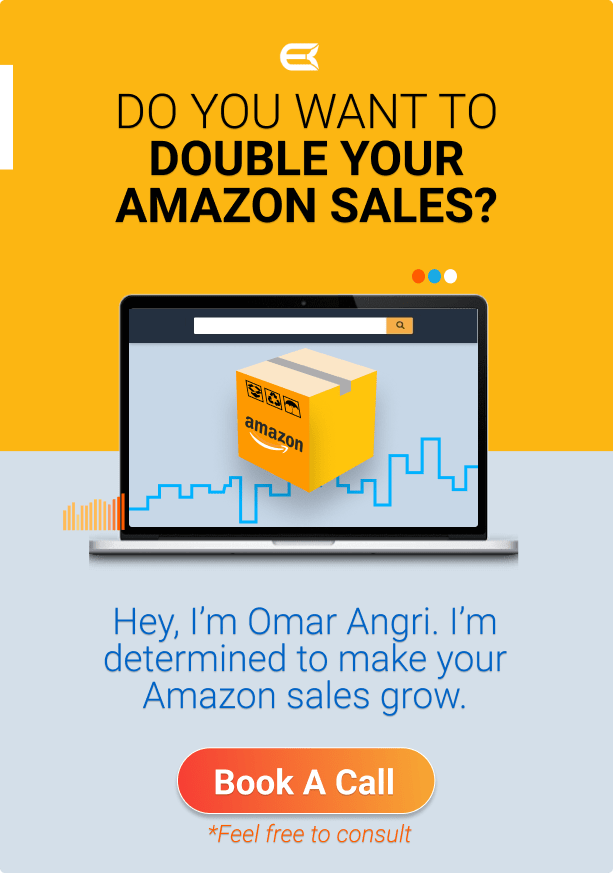5 Top Trends in eCommerce You Shouldn't Miss in 2022

COO at Margin Business
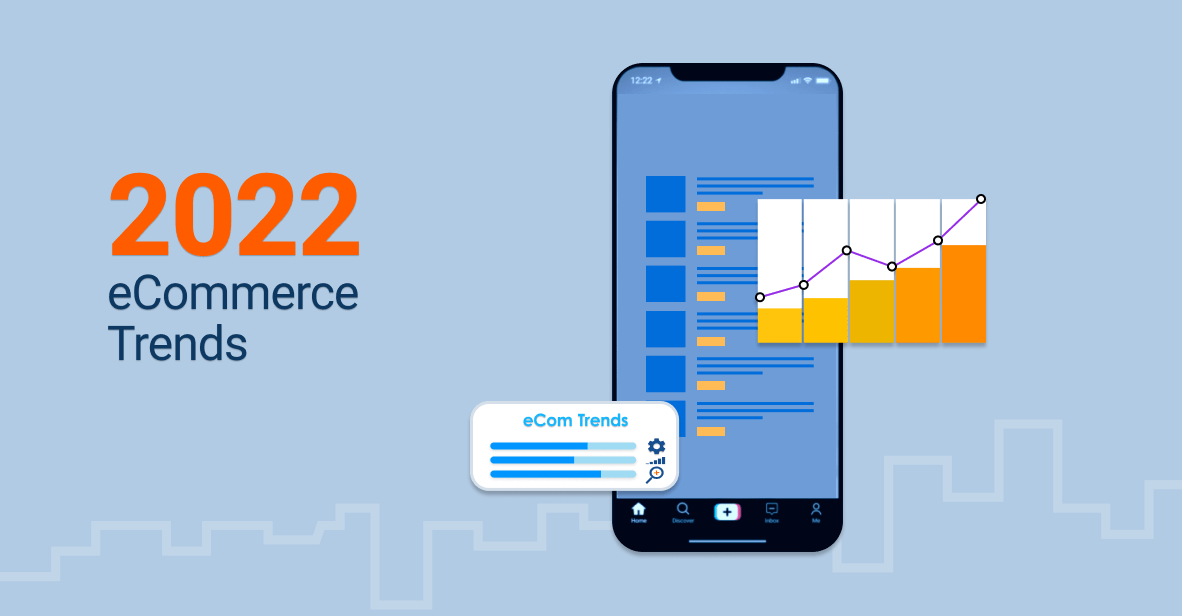
Table of Contents
If you’re running an online store, staying up-to-date on the latest trends is crucial. This blog post will discuss five of the top trends in eCommerce that you should be aware of.
Let’s not take much of your time and pass straight to the research.
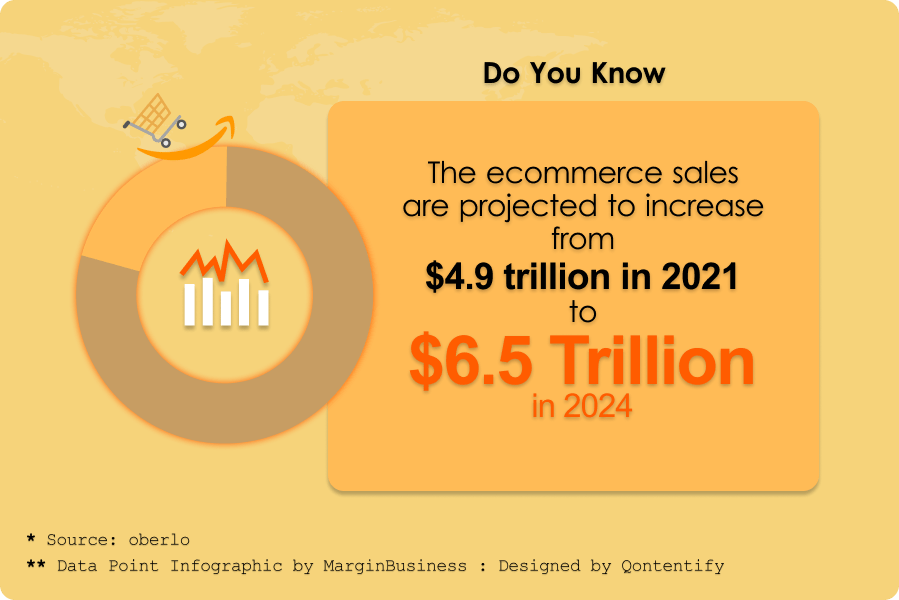
The past two years have been eventful for everyone all around the globe. We’ve seen it all, from Covid 19 pandemic to rapidly evolving technological innovations. Although we are already in the middle of 2022, putting the latest eCommerce trends into practice is not too late.
Moreover,
By analyzing current trends, we can predict which way the eCommerce industry is heading. Thus, without further ado, let’s look at five trends in eCommerce your business cannot afford to miss.
Trend #1 Social Commerce

Social commerce is a type of eCommerce on social media platforms. In other words, it’s using social media platforms like Facebook, Instagram, Snapchat, and Twitter to drive sales.
Many businesses have already started using social commerce and are seeing great results.
For example,
Nike was one of the first brands to start selling on Snapchat. Another great case is Warby Parker. The company used social media platforms to launch its business and quickly became a billion-dollar business. Being an American online retailer of prescription glasses, the company found that approximately half of social media users are more likely to purchase particular goods or services.
You’re missing out on ample opportunities if you’re not using social commerce.
Trend #2 Omnichannel Selling is Not a Myth
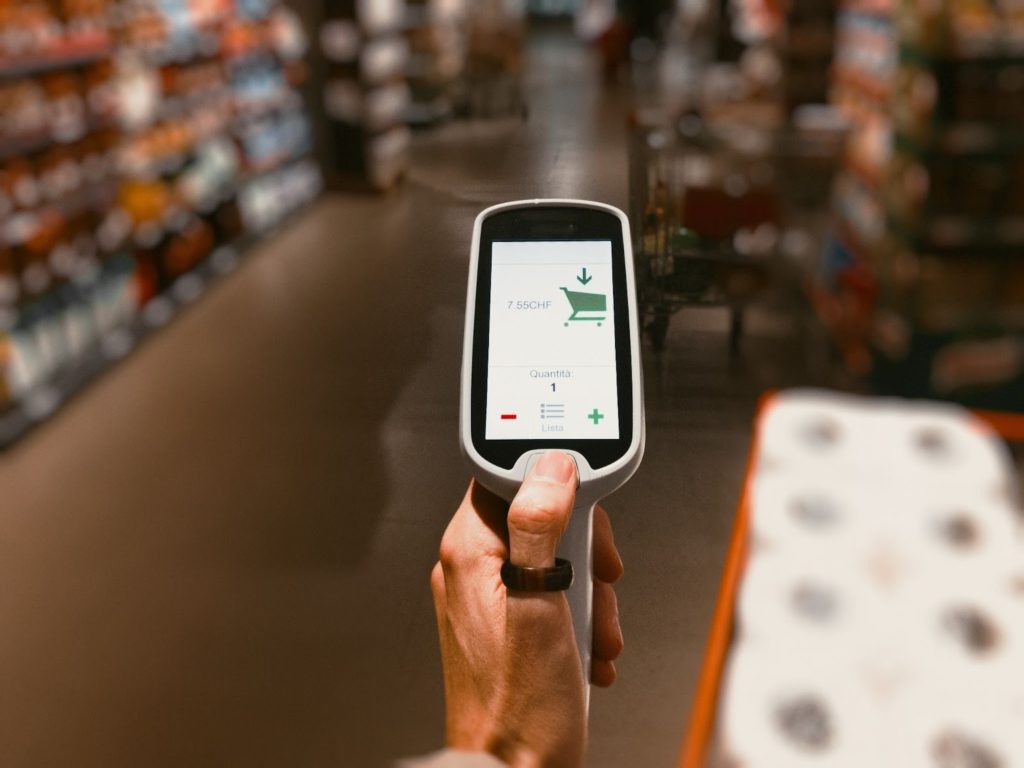
What does the term “omnichannel” mean? In brief, it’s being present on multiple sales channels simultaneously. In other words, it uses a variety of channels such as brick-and-mortar stores, online marketplaces, mobile applications, and social media platforms to reach the target customer.
It might sound complicated, but it can do wonders for your business if done right.
For instance,
Walmart is one of the largest retailers in the niche that has successfully implemented an omnichannel strategy. The secret to the giant’s success is that they imply specific tactics to drive sales on each channel.
One of the perks of such an approach is that customers access their order history from any device and platform.
“Customers expect more,” Kurt Elster, points out. “Merchants will need to meet them where they’re shopping through multichannel, provide on-demand customer support through automation and agents, and fulfill orders within 48 hours or less. That’s the new bar for good.”
Walmart allows customers to order products online and pick them up in-store. The company also offers customers a feature to buy products in-store and have them delivered to their homes. Other giant retail markets have already used such a smooth delivery system, including Amazon, eBay, Etsy, and others.
Thus, an omnichannel strategy aims to provide a seamless customer experience regardless of the sales channel.
Omnichannel selling is not a myth, it’s a reality, and if you’re not using this approach, you’re missing out on many potential customers.
One of the best ways to conduct omnichannel sales is investing in inventory management software. Luckily, we have you covered for this one! Today, the market is full of various options. However, before reaching the final decision, note that not every software will be the best fit for your business.
So, here’s a pro tip for you! Try integrating your online store with eSwap. It’s the leading solution for people selling stuff through multiple sales channels. The software has built-in tools for accounting, reporting, and analytics to help you make well-informed decisions about your business.
eSwap is also fully integrated with popular marketplaces like Amazon, Etsy, Shopify, eBay, etc. Moreover, the software can be used for free during a 14-day trial. So, you have nothing to lose!
Trend #3 AI-Powered eCommerce

In eCommerce, artificial intelligence (AI) is nothing new. It has been around for several years, and its popularity is only increasing. AI-powered eCommerce provides a personalized shopping experience to customers with various needs and expectations.
It does this by tracking customer behavior and preferences. The system can recommend products that the customer is more likely to purchase based on the data.
In addition, AI can also be used for price optimization, fraud detection, marketing, and customer service.
For example, Amazon is one of the biggest eCommerce platforms that use AI to provide a personalized shopping experience to its customers. The company uses AI through every stage, from product recommendations, price optimization, fraud detection, etc.
Personalization has been a popular trend for a while now, and it doesn’t seem to be going anywhere. Getting to know your customers and offering them a personalized experience is the key to success in eCommerce.
Trend #4 Chatbots

How does a chatbot operate? These are computer programs that simulate human conversation. They are commonly used in customer service to help customers with their inquiries. With the help of artificial intelligence, a chatbot can understand customer queries and provide answers accordingly.
Chatbots have increased significantly in recent years as they provide a more efficient way to handle customer service. In addition, chatbots can also be used for marketing purposes.
For example, you can use a chatbot to send.
In addition, chatbots often serve marketing purposes. For example, social marketers use them to send promotional messages or coupons to customers.
Trend #5 Mobile Shopping
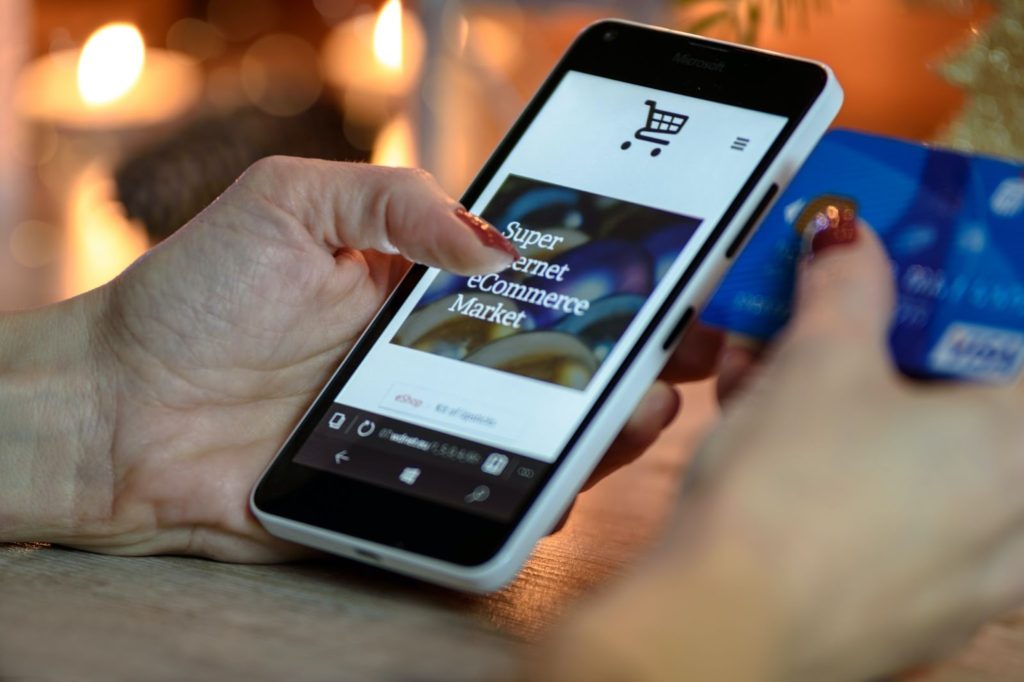
The use of mobile devices for shopping has immensely grown over the last few years. Take 2020, for instance; the global pandemic has accelerated the growth of online shopping even further.
Not so recently, a study by Google found that 78% of people research products on their phones before purchasing. This number has probably changed over the previous years.
What does this tell us? Mobile shopping is here to stay, and new businesses need to be prepared for it.
To make sure that a business is ready for the mobile age, retailers need a responsive website design. This means that as an eCommerce retailer, you should be able to adjust your online shop and mobile application to any screen size.
Moreover,
It is essential to have a fast and easy checkout process as customers are more likely to abandon their cart if the process is too complicated.
“Kate Collinson believes: The brand is what separates businesses that are growing at a rapid rate from businesses that are just getting by.

The five eCommerce trends we’ve outlined are only the beginning of what you can expect to see in the next few years. Keep your eye on these trends, and be prepared to make changes to your business as needed.
FAQs
- Document your goals & KPIs.
- Map the influencer landscape properly.
- Build an influencer strategy for the content promotions.
- Now find and research relevant influencers.
- Nurture relationships with them before the ask.
- Start early.
Influencer marketing works because it uses tactics like word-of-mouth marketing and social proof, which are now critical aspects of any successful marketing strategy. Customers trust their peers, friends, and people they admire more than the companies selling the products and services they buy and use.
The top social influencer platforms are:
- Facebook.
- Twitter.
- YouTube.
- Instagram.
The purpose of influencer marketing is to leverage an individual’s influence and power to promote a brand. When an influential person endorses a brand, their fans are likely to take note and put some trust in it.
We can pay influencers through the following means:
- Gifting or rewards.
- Camped event or trip.
- Store credit or rebating.


